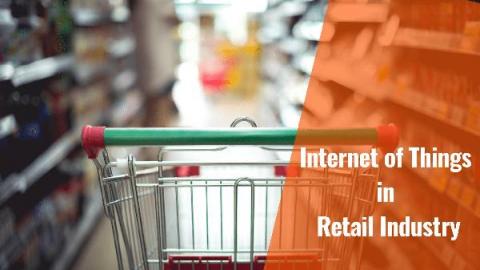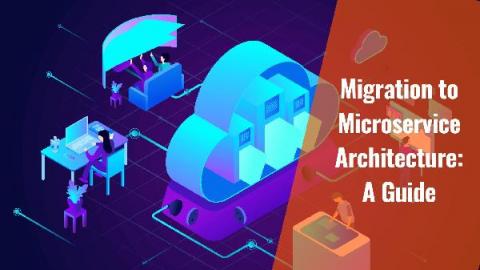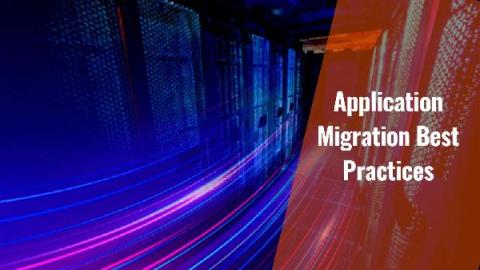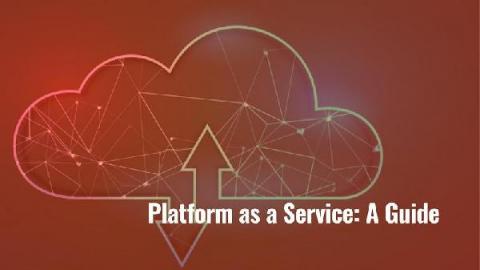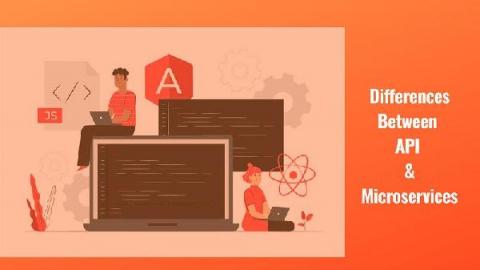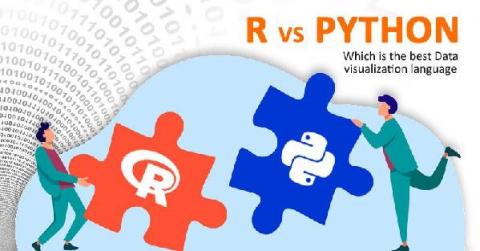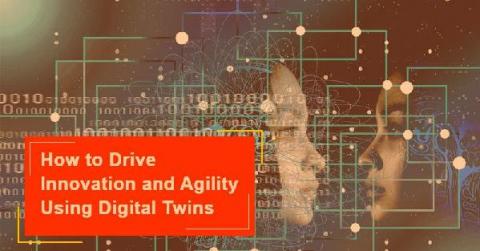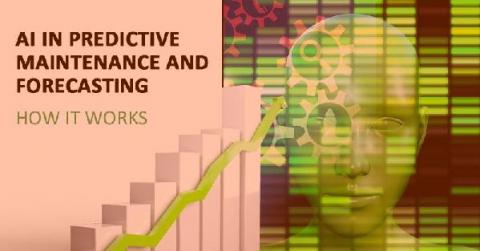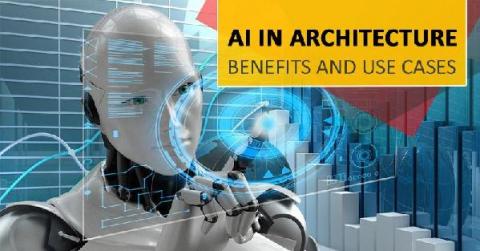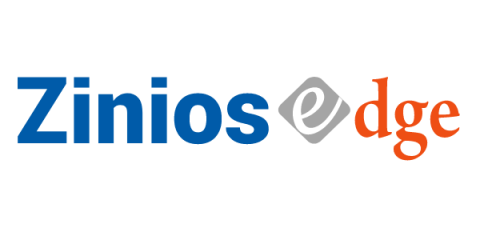The Impact of Internet of Things (IoT) in the Retail Industry
Internet Of Things has always played a significant role in the retail industry, stocking and warehousing. And its value is projected to rise from USD 14.5 billion in 2020 to USD 35.5 billion by 2025, at a CAGR of 19.6% The term Internet of Things was coined by Kevin Ashton when he was faced with a challenge in logistics and supply chain management while he co-founded the MIT Auto-CAD centre.


